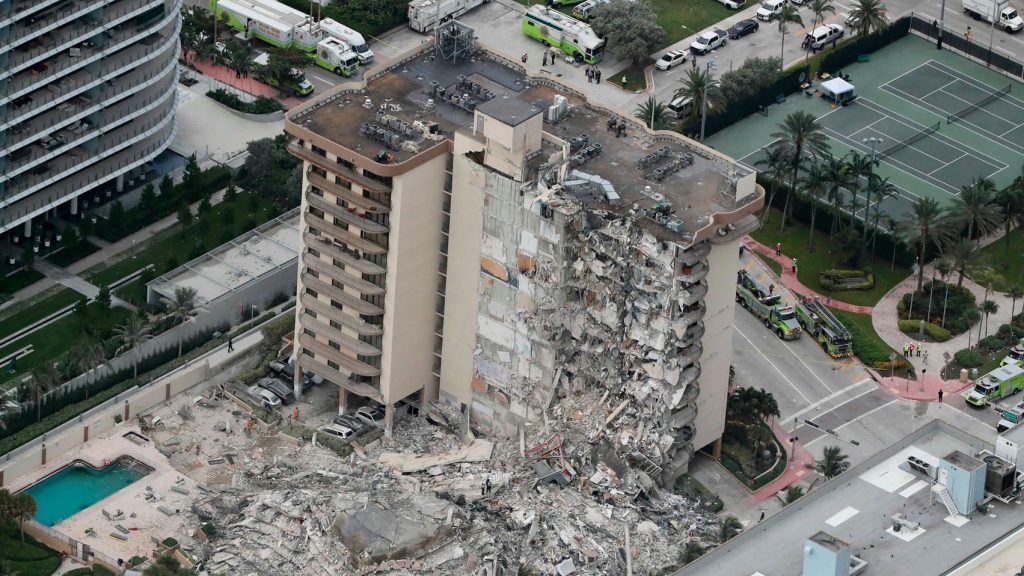Dhanada K Mishra
Within two months of its long-delayed opening, the Khandagiri flyover in Bhubaneswar seems to have developed defects in its expansion joints requiring urgent repairs. Expansion joints are a critical component of any bridge. They help connect the different spans while providing for movement due to temperature effects. If not correctly designed and constructed, they become a permanent source of many headaches for maintenance engineers as well as commuters. Drive on any stretch of highway in India, and you can easily feel the bumps when you pass over an expansion joint on a bridge or even a simple construction joint on the concrete pavement. Sometimes, when poorly maintained or damaged, these joints can cause a vehicle at high speed to almost fly off and can cause serious accidents. Once driving from Kolkata to Bhubaneswar a couple of years ago, I could hardly sit in peace while keeping an eye on the driver, who missed slowing down enough on several occasions and caused quite a bit of discomfort.
Expansion joints are also locations for moisture and harmful agents such as deicing salt (used in cold regions to melt snow) to enter the concrete and cause corrosion of steel reinforcement that results in spalling. Such damaged concrete can be a serious risk to the travelling public as chunks of it can come loose and fall off from a height, as was the case some time back at the Rasulgarh flyover in Bhubaneswar. As the monsoon months come along every year, the building defects become glaring and often cause major accidents, resulting in significant loss of life and property. Climate change due to global warming has made rain patterns unpredictable. Recently severe flash flooding has caused havoc in many parts of the world, including Germany, Mumbai, and Himachal Pradesh.
An unprecedented building collapse took place in Miami, Florida, in the USA last month. A portion of the upscale seafront Champlain Towers – a 40-year-old 12-story building, containing 55 apartments collapsed at night while most residents were indoors sleeping. The rest of the building had to be demolished later after the search and rescue operation for almost 150 people trapped in the debris had to be called off. This incident was unprecedented in the US, where the last functional building to collapse without any natural or manmade causes such as earthquake, tornado or bomb blast was in the 1970s. While extensive investigations are ongoing, many details are emerging pointing to delayed structural repair and maintenance, possible design defects and impact of sea-level rise and soil erosion affecting the foundation.
Hong Kong is world-renowned for its world-class built infrastructure, including the largest concentration of skyscrapers in the world. It boasts of over 9,000 high-rise buildings, of which over 4,000 are skyscrapers standing taller than 100 m (328 ft). In a rare incident reported last week, a reputed developer, New World, revealed that a substantial portion of an under-construction 57-story apartment block would be demolished due to what would seem like an elementary blunder – use of M40 grade concrete in place of M80 grade! The grade indicates the compressive strength of concrete and is a critical property that affects structural safety and serviceability. It means the concrete used was half the strength (40 MPa) compared to what was specified (80 MPa). Undetected, it would have set up the building for a likely collapse similar to the building in Miami. Wireless sensor-based technology for the measurement of the temperature of concrete with time is now available to know the future strength of concrete without waiting for full 28 days as is the norm. Surprisingly, the same was not in use in such an important project. It would have avoided much of the demolition costing billions in lost time, work and brand value.
While working on relatively small projects in Bhubaneswar, I was shocked at the lack of quality standards in the most reputed material testing laboratories in the city. The concrete cube strength test is a simple yet crucial tool for quality control, and it seemed one could manipulate the test results at will! Many of our construction project accidents like the collapse of bridges under construction or the structure connecting the airport buildings can be related to such a lax approach to quality control and the underlying corruption.
Expansion joints in reinforced concrete bridges are a topic of ongoing research. Professor Victor C Li of the University of Michigan invented the Engineered Cementitious Composites or ECC popularly known as ‘bendable concrete’ – a fibre reinforced cement-based composite in the 1990s. The material can absorb tensile stress due to the expansion and contraction of deck slabs due to its superior cracking characteristics. A link slab made using this material can replace the expansion joint, thus eliminating the need for frequent repair and maintenance. This technique has been proven in applications in the USA and recently used on a massive scale all across the highway network in China, both on bridges and concrete pavements used in highways that also need expansion joints.
Built infrastructure projects are important long-term public assets for a country. Unless appropriately built to last long, remain safe, and function as intended, they can be a huge liability. The original investment is often wasted, while the frequent repairs and maintenance costs also drain the public exchequer. As an individual, we build a house for ourselves by taking utmost care to ensure that our hard-earned money is used diligently to give a lifelong return on the investment. Public infrastructure projects must also be similarly built to the highest possible standards to add to the nation’s prosperity and wealth while serving the public safely and sustainably.
The writer is a civil engineer, academician and technologist with a strong interest in the sustainability of the built environment. He is currently working in Hong Kong.
